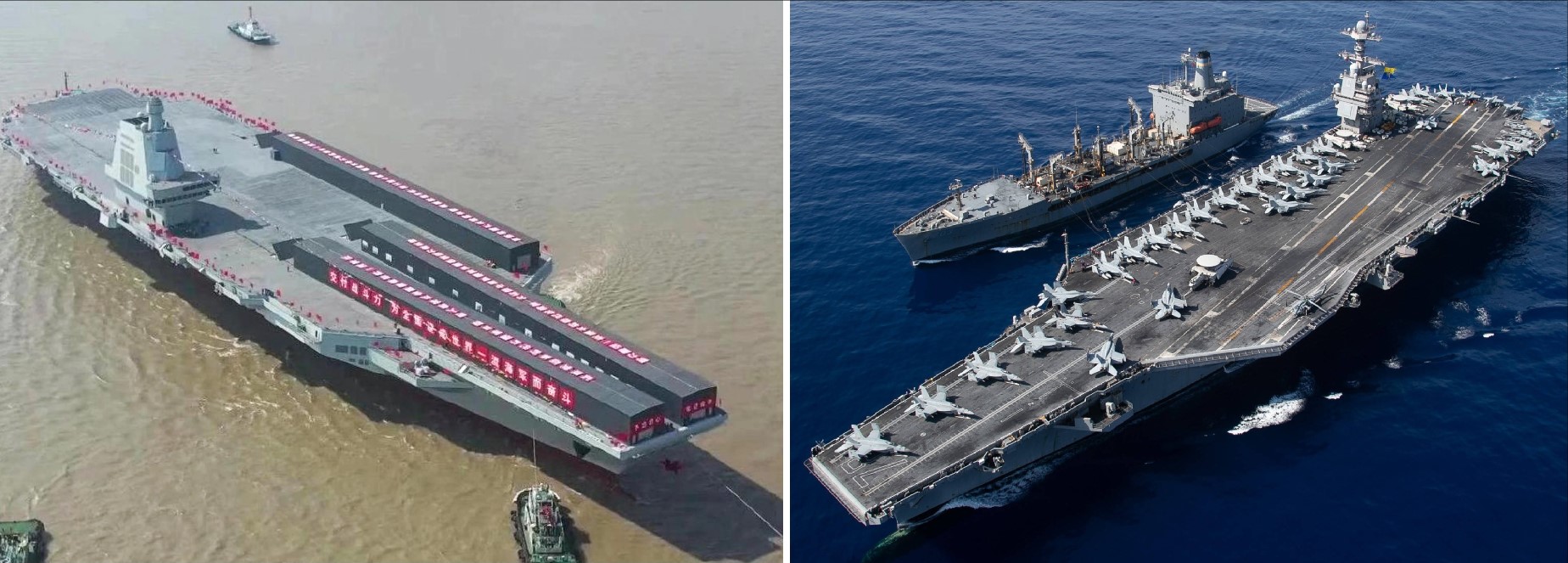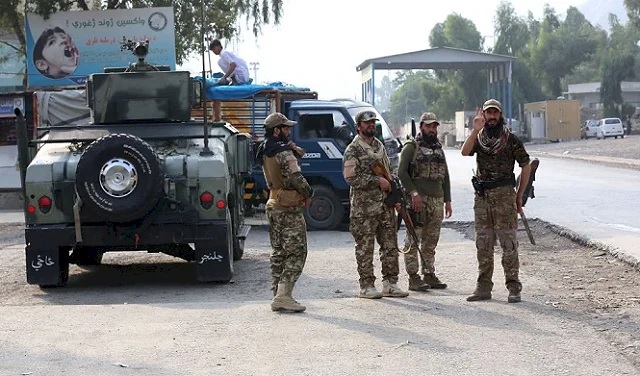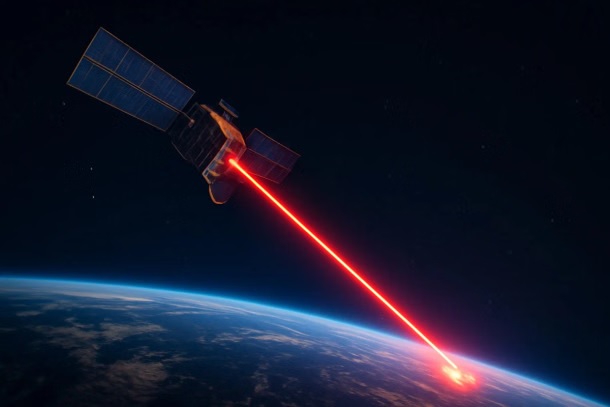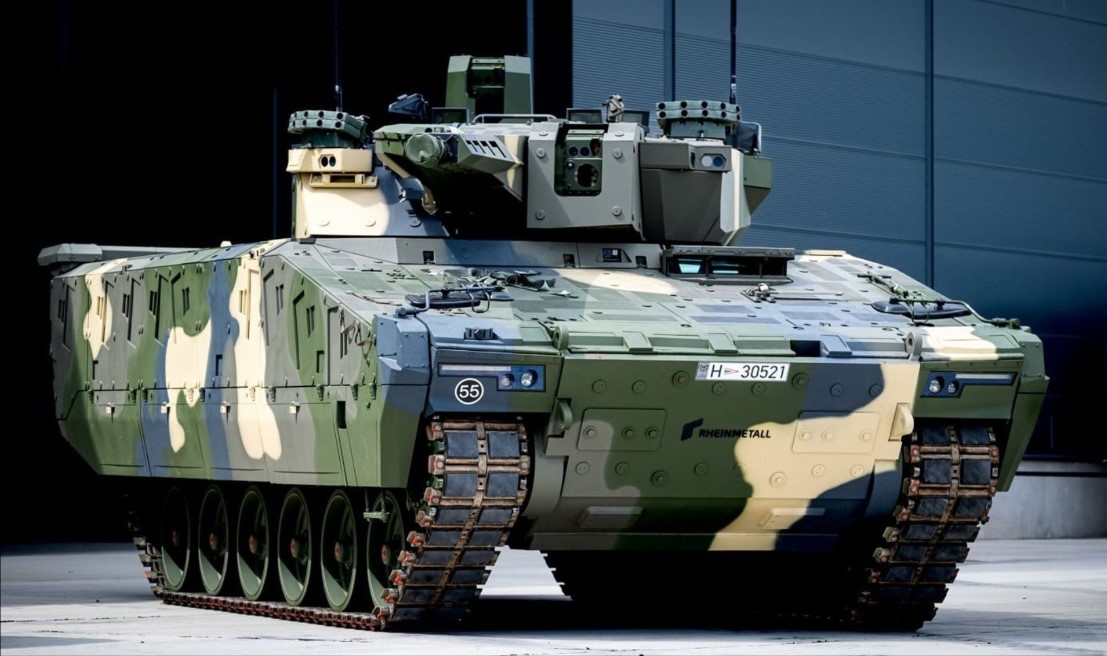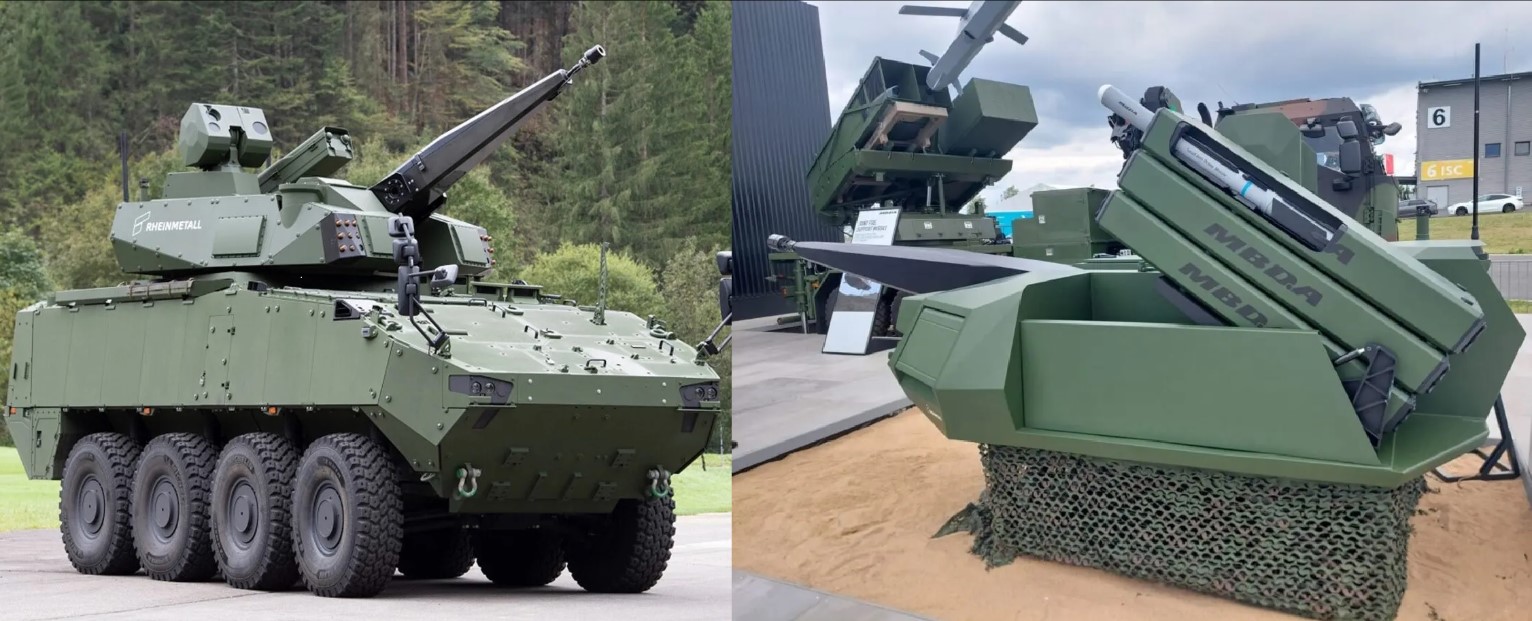Boeing Advances in U.S. Army's Indirect Fires Protection Capability Program
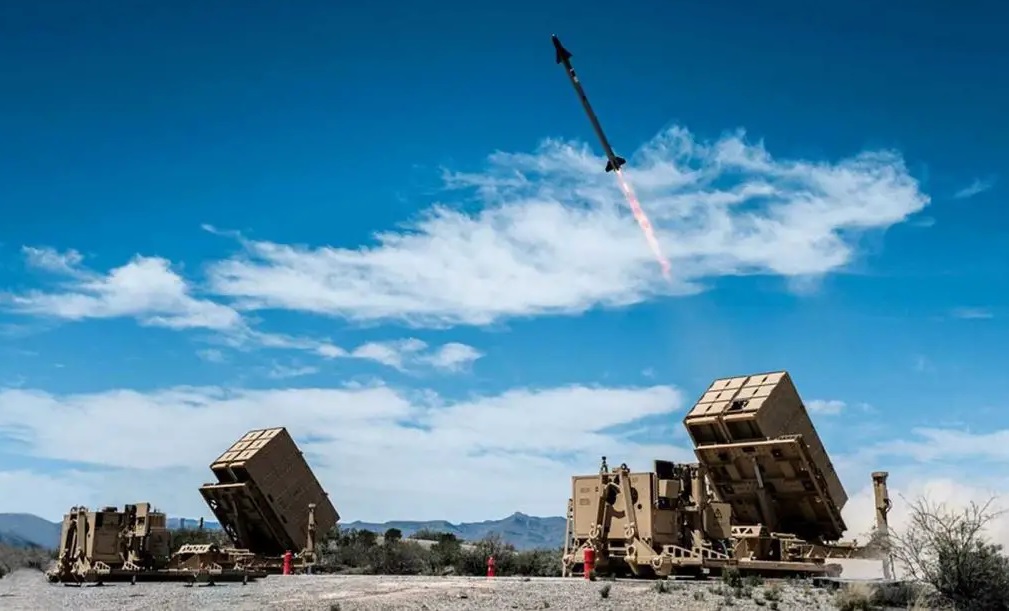
Boeing has been selected to advance to the next phase of the U.S. Army's Indirect Fires Protection Capability (IFPC) Increment 2 Second Interceptor competition. This initiative aims to develop a medium-range interceptor to defend fixed and forward operating bases against emerging aerial threats, including cruise missiles and unmanned aerial systems (UAS).
The IFPC Increment 2 program is a pivotal component of the Army's layered air defense strategy, designed to bridge the gap between short-range systems like the Maneuver-Short Range Air Defense (M-SHORAD) and long-range platforms such as the Patriot missile system. Boeing's proposed interceptor is engineered to address low-flying, mid-range threats that are increasingly prevalent on modern battlefields.
Jim Leary, Boeing's Executive Director of Business Development for Precision Engagement Systems, emphasized the company's commitment: "We understand warfighter needs and the dynamic environments soldiers operate in, and our goal is to keep them safe with an innovative, affordable offering that leverages our industry-leading missile expertise." He further noted that the design offers increased magazine depth, enhanced speed to target, greater range, and improved maneuverability to effectively counter evolving threats.
A notable feature of Boeing's interceptor is its incorporation of a Modular Open Systems Approach (MOSA). This design philosophy facilitates rapid integration of software and hardware updates, ensuring adaptability to emerging threats and promoting cost-efficiency and sustained performance across diverse operational environments.
The U.S. Army has underscored the necessity for an intermediate air defense solution capable of neutralizing threats that are beyond the reach of short-range systems but do not warrant engagement by long-range platforms. The Second Interceptor initiative is integral to providing continuous protection for critical sites, particularly against fast-moving and unpredictable aerial threats.
In January 2024, the Army announced plans to hold a competition for a second interceptor for IFPC Increment 2, aiming to address both subsonic and supersonic cruise missile threats. The selected vendors are expected to participate in a technology demonstration during the fiscal years 2026 to 2027, with the goal of awarding a development, qualification, and test effort following this demonstration.
Boeing's advancement in this competition reflects its extensive experience in missile development and air defense systems. The company's proposal is informed by expertise from multiple missile programs, including the PAC-3 interceptor, Ground-Based Midcourse Defense, Avenger, Harpoon, and SLAM-ER. This depth of knowledge positions Boeing to deliver a solution that meets the Army's requirements for a versatile and effective medium-range interceptor.
As the competition progresses, further testing and evaluation phases are anticipated in the coming months. The Army will assess each candidate's potential to deliver a deployable, reliable, and scalable interceptor suitable for operational use. The outcome of this competition will significantly influence the future landscape of U.S. Army air defense capabilities, ensuring that forward operating bases and critical installations are well-protected against a spectrum of aerial threats.
✍️ This article is written by the team of The Defense News.
